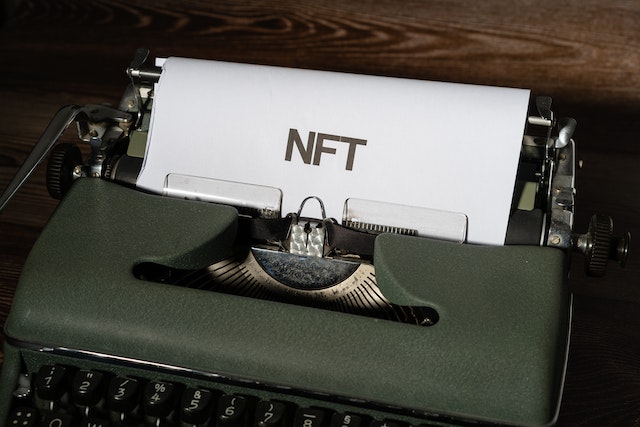
Artificial intelligence (AI) has been rapidly transforming various industries, and the world of Non-Fungible Tokens (NFTs) is no exception. AI technology can significantly impact the NFT market by enhancing the user experience, improving the authenticity and security of NFTs, and enabling the creation of more complex and sophisticated NFTs.
How does an NFT earn value?
Before answering the question about AI and its effect on the NFT market, we should understand what NFTs are and how they work. NFTs are unique digital assets verified on the blockchain network, making them tamper-proof and transparent. They can represent anything: art, music, videos, and even tweets. These unique digital assets can be bought and sold like physical assets, and their ownership can be tracked on the blockchain network.
Benefits of merging AI and NFTs
Today, the most popular NFTs are static images, which cannot evolve or interact with the user. Just as AI can create and interact with digital assets on its own. Let’s look at all the benefits of this symbiosis in more detail.
- User experience improvement. AI algorithms perfectly analyze massive user data, including preferences and purchase history. Thus, it is possible to personalize NFT for a specific group of users, which will increase sales.
- More complicated NFTs appear in the market. AI algorithms can help artists and creators create more complex and intricate designs, music, and videos. This opens up new opportunities: the authors make unique digital assets, and buyers can add more sophisticated models to the collection.
- AI is improving user authentication and security. AI-based authentication systems can detect and prevent fraud, such as NFT tampering, duplication, and counterfeiting. So, users will be able to trust NFT more and not be afraid to invest in technology.
- AI helps to analyze the NFT market. It’s about identifying patterns and trends that investors can use to make informed decisions.
The list of advantages shows us that the tandem of NFT and AI will lead to an improvement of the user experience on the one hand, and on the other hand, it should increase confidence in digital art as a source of income and investment.
Top 5 collaboration examples between NFT and AI
The cooperation between NFT and AI has opened up a new opportunity for technology development. Let’s look at the prospects for the further impact of artificial intelligence technology on the world of digital art using the example of new projects.
- SuperRare Company. This NFT-based marketplace uses an artificial intelligence-based recommendation engine. In this project, AI helps to improve the user experience. As a result, the user is offered artwork based on views and preferences, and this strategy leads to more sales.
- Verisart uses blockchain and artificial intelligence to authenticate physical and digital artworks. It increases the security of the NFT and the number of potential investors because this increases the credibility of the NFT as an investment of money.
- The work “Portrait of Edmond de Belamy” was sold at Christie’s for $432,500. It is an example of how NFTs can be used to create innovative and profitable NFTs.
- NonFungible.com uses artificial intelligence algorithms to analyze market data and forecast the value of NFTs. Here, AI advances help buyers decide about buying and selling NFTs, which is a significant step toward developing NFTs among the public.
- Lil Miquela is an AI-created human. She had partnered with brands to create the NFT and had massive success on social media. This shows how AI can create digital assets, increase their attractiveness, and even attract millions of users to follow a non-existent personality.
White Label NFT Marketplaces: A Gateway for Businesses to Enter the NFT Market
In the context of how AI can impact the NFT market, a white-label NFT marketplace is a service that enables businesses to create their own NFT marketplace platform using a pre-built solution from a third-party provider. This solution can be customized to meet the specific needs of the business, without the need to develop a custom platform from scratch.
Adopting a white-label NFT marketplace solution provides several advantages for businesses. Firstly, it saves them time and money that would otherwise be spent on developing a custom platform. Secondly, it enables them to enter the NFT market quickly and start selling their unique digital assets. Lastly, a white label solution is scalable and flexible, as it can be easily customized and expanded as the business grows.
To choose a white-label NFT marketplace provider, businesses should seek a provider with a track record of delivering high-quality solutions. Other factors to consider include the level of customization and support offered, as well as the cost of the service.
Conclusion
The collaboration between NFT and AI could revolutionize the digital art world. Many NFT projects and their developments with AI clearly show that AI technology can change how digital art is sold, verified, and even created. AI is likely a breakthrough in developing NFTs and technology that will change how we look at and interact with non-traditional art.
